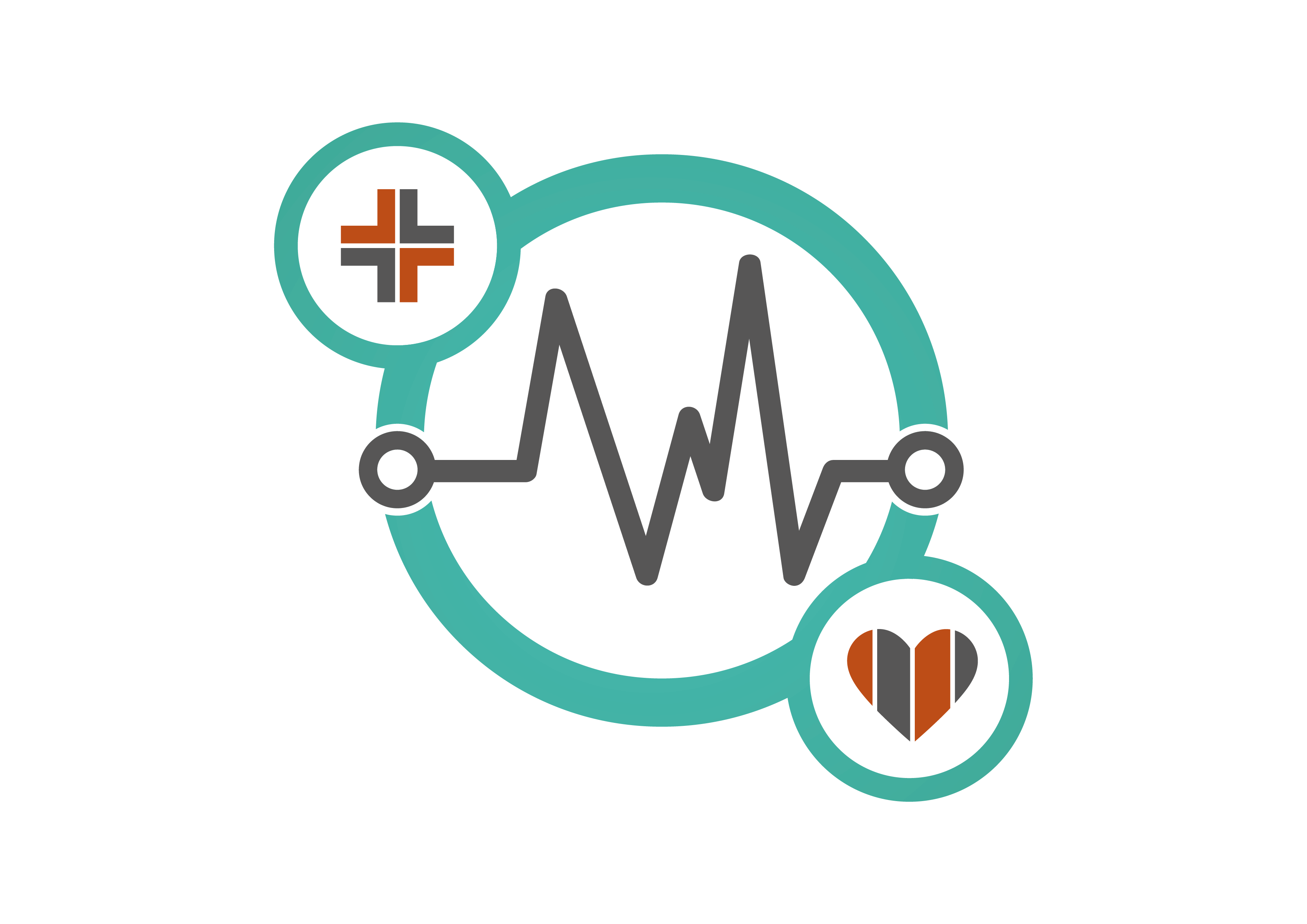Michael Manuccia, CEO of FuturU, a platform providing free education and training to healthcare professionals on demand, discusses the tech-filled future of education in the medical practice space.

Learning and development is a key driver of job satisfaction within health and social care, but for too long, healthcare professionals have been left footing the bill for mediocre training. A survey of 500 nurses and care workers by FuturU showed that nearly half (42%) of nurses and care workers are paying for their own training, despite it not meeting their needs a lot of the time. In some cases, the inadequacy of training is directly contributing to delays in life-saving treatment, putting patient outcomes at risk and low staff morale.
Despite these somewhat gloomy findings, our research did highlight some promising areas that are ripe for disruption. For example, we’re seeing a growing appetite for technology-led learning, with 86% reporting they’d be willing to use digital devices to complete training courses. Half of those surveyed were also excited to complete training within virtual environments to build their practical skills.
Against this backdrop, it’s clear that a greater focus on technology-led learning could massively enhance the experience of staff, patients and care recipients. So, what does this look like in practice?
Virtual training environments
For many nurses and care workers, the best part of training is shadowing someone on the job. Learning by watching and doing alongside an experienced professional is one of the most effective ways to understand the realities of healthcare work. However, it’s not always possible for everyone to get enough of this training.
Thankfully, AI can now simulate these real-world scenarios, allowing healthcare professionals to gain hands-on experience in the flow of work and life on a smartphone or computer. Being able to practice important tasks like medication administration or feeding and do this in a controlled environment where mistakes are free, can give people the confidence and skills to do their jobs with ease.
Another benefit of this approach is that it transforms learning from passive consumption of information, like reading a PDF, to active engagement in an online world that mirrors real-life care settings. This is particularly important considering that 36% of nurses and care workers highlighted a lack of practical elements in e-learning, which makes it difficult for them to stay engaged.
Virtual training is also inherently more accessible and flexible compared to in-person training. We know that flexibility and accessibility are increasingly important, with nearly a quarter (24%) of those surveyed saying it’s hard to fit in-person training around their family responsibilities. Cost is also a concern, with 23% saying they lose a day’s pay when they attend in-person training. Not to mention that the quality of in-person trainers can vary.
With technology, it’s a lot easier to standardise the quality of training, scale it up to more people and allow them to access it at a time that’s convenient for them. This also has a number of cost-saving benefits, both for the learners and their employers, as co-ordinating in-person training can be expensive and time-intensive.
AI tutors
Another challenge with a lot of e-learning is that it’s not very interactive. According to our research, nearly a third (32%) of nurses and care professionals struggle with not being able to ask questions if they don’t understand something. Now, with the rise of generative AI, there’s huge potential for this technology to provide reliable assistance, while also giving learners the flexibility to access training support on the go.
Chatbots that use conversational AI techniques can act as a great learning buddy for healthcare professionals. At FuturU, we’re building a tutor chatbot that will provide learners with a 24/7 tutor to help them on their learning journey and answer any questions related to their training. For example, if you were stuck on how to care for a client with autism, the chatbot would share relevant training information relating to caring for someone with autism and walk you through best practices. Crucially, this is all based on a fixed set of data, to ensure the information is validated.
Next-generation assessments in training
Another area I’m particularly excited about is technology’s potential to assess people’s skills more quickly and accurately than ever before. This is particularly important given that 20% of nurses and care workers think current assessment methods are ineffective. Among those surveyed, the most common forms of assessments were competency checks/observations on the job (48%) and professional discussions (45%). Online multiple-choice questions also continue to be a popular assessment method, with 40% saying they are commonly used. However, these are often not the best ways to assess whether someone has effectively gained the skills and knowledge to perform their job well.
One example of how we’re tackling this at FuturU is through our motion capture tool, which uses AI to help train people on safe moving and handling techniques. Using a camera, AI is able to map a skeleton and measure how far someone’s bending down. This can be a very reliable tool for assessing someone’s physical movement, and in many cases is much more objective than human observation. AI can look at how people do tasks and establish quickly if they’re doing them right and how to improve, saving time and money.
The great news is that a lot of this technology is available today or will be on the market very soon. This shift towards more practical, technology-driven training and assessments could be the key to ensuring healthcare professionals feel empowered on their learning and development journey. At the same time, radically improve their enjoyment of their role and the quality of care they deliver.


